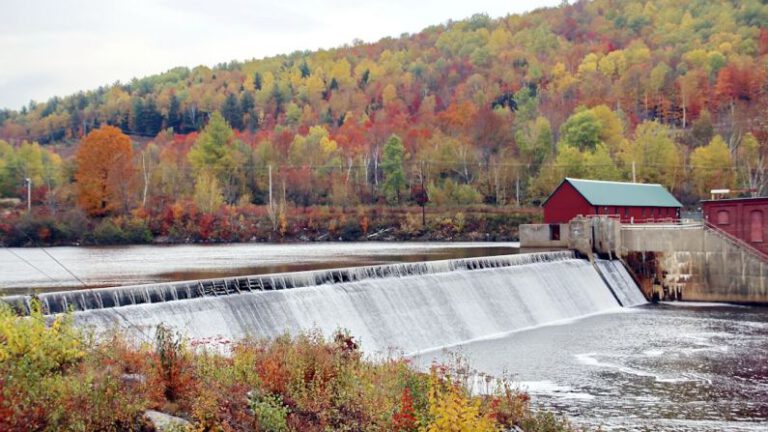How Are Countries Upgrading Their Aging Infrastructure?
Infrastructure is the backbone of any country, enabling the smooth functioning of various sectors such as transportation, communication, energy, and more. However, as time passes, infrastructure ages and deteriorates, requiring upgrades and maintenance to ensure continued efficiency and safety. Many countries around the world are facing the challenge of upgrading their aging infrastructure to meet the demands of modern society. In this article, we will explore how countries are approaching this issue and the strategies they are implementing to revamp their infrastructure systems.
**Investing in Technology and Innovation**
One of the key ways countries are upgrading their aging infrastructure is by investing in technology and innovation. Advancements in technology have revolutionized the way infrastructure projects are planned, designed, and executed. Countries are increasingly using technologies such as Building Information Modeling (BIM), drones, and advanced materials to enhance the efficiency and sustainability of infrastructure projects. These technologies not only streamline the construction process but also improve the overall quality and longevity of the infrastructure.
**Public-Private Partnerships**
Public-private partnerships (PPPs) have emerged as a popular financing model for infrastructure projects in many countries. By partnering with private companies, governments can leverage their expertise and resources to accelerate the development of infrastructure projects. PPPs allow for the sharing of risks and responsibilities between the public and private sectors, making it a cost-effective and efficient way to upgrade aging infrastructure. This collaborative approach has proven successful in delivering projects such as roads, bridges, and water systems in a timely manner.
**Prioritizing Sustainability and Resilience**
With the increasing threats of climate change and natural disasters, countries are placing a greater emphasis on building sustainable and resilient infrastructure. Sustainable infrastructure aims to minimize environmental impact, reduce energy consumption, and promote long-term sustainability. Many countries are incorporating green technologies such as renewable energy sources, energy-efficient lighting, and green building materials into their infrastructure projects. By prioritizing sustainability and resilience, countries are not only upgrading their aging infrastructure but also future-proofing it against potential risks.
**Infrastructure Asset Management**
Effective infrastructure asset management is crucial for the maintenance and rehabilitation of aging infrastructure. Asset management involves the systematic planning, monitoring, and maintenance of infrastructure assets to ensure their optimal performance and longevity. By implementing asset management strategies, countries can identify critical infrastructure needs, prioritize projects, and allocate resources efficiently. This proactive approach helps countries address the challenges of aging infrastructure in a strategic and cost-effective manner.
**Innovative Financing Models**
Financing infrastructure projects can be a significant challenge for many countries, especially when dealing with aging infrastructure that requires substantial investments. To overcome this hurdle, countries are exploring innovative financing models such as infrastructure bonds, user fees, and value capture mechanisms. Infrastructure bonds allow governments to raise funds from the capital markets to finance infrastructure projects, while user fees generate revenue from the users of the infrastructure. Value capture mechanisms, such as tax increment financing and land value capture, enable governments to capture a portion of the increased property values resulting from infrastructure projects to fund their development.
**Addressing Urbanization Challenges**
Rapid urbanization is putting pressure on existing infrastructure systems, leading to congestion, pollution, and deteriorating infrastructure conditions. To address these challenges, countries are focusing on upgrading urban infrastructure to accommodate the growing population and improve the quality of life in cities. Urban infrastructure upgrades may include expanding public transportation systems, upgrading water and sanitation facilities, and enhancing green spaces. By investing in urban infrastructure, countries can create more sustainable and livable cities for their residents.
**Conclusion: Embracing the Future of Infrastructure**
As countries grapple with the challenges of aging infrastructure, it is essential to embrace the future of infrastructure through innovation, sustainability, and collaboration. By investing in technology, public-private partnerships, sustainability, asset management, innovative financing models, and urban infrastructure upgrades, countries can revamp their aging infrastructure systems to meet the needs of a rapidly changing world. The journey to upgrading aging infrastructure is not without its challenges, but with strategic planning and proactive measures, countries can build resilient, sustainable, and efficient infrastructure for generations to come.






